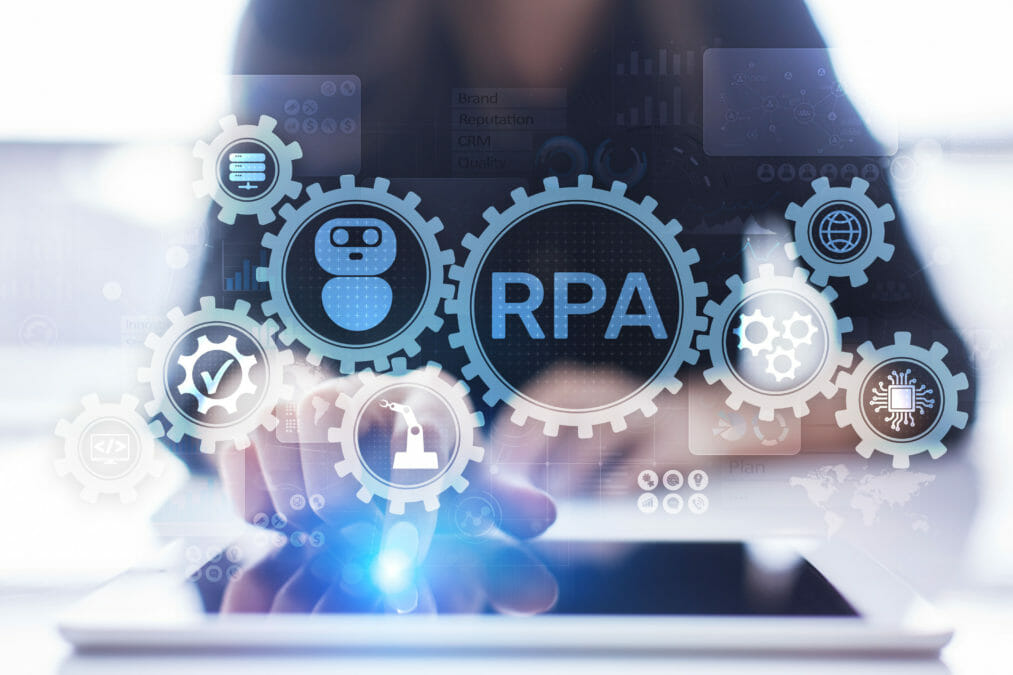Demand has been rising for RPA models that are pre-built for companies to use alongside other technologies and employee skills. However, the feasibility of this practice remains to be up for debate.
“Pre-built bots are extremely effective if they address a common issue across the market segment – such as identifying duplicate customer data across systems, ingesting data from Excel, and identifying and matching image patterns,” said Sathya Srinivasan, vice-president, solutions consulting (Partners) at Appian.
“However, the majority of RPA requirements are much more bespoke to each customer’s needs. This makes it difficult to customize pre-built RPA modules.
“With more usage and broader enterprise adoptions across departments, patterns will emerge to help create common sets of pre-built components in a shared library to address a customer’s needs.”
RPA revenue to reach nearly $2 billion in 2021 — Gartner
Arpit Oberoi, RPA specialist at delaware, commented: “During the Industrial Revolution, the main focus of technological endeavour was on developing machines which could complete more activities than humans could in a given amount of time. In today’s digital age, the focus has moved on a few steps.
“It is now all about how machines, which were built for efficiency can be interlinked and automated to minimise human intervention and make it more efficient.”
With this in mind, let’s take a look at how feasible pre-built RPA is in today’s tech industries and beyond.
Human-machine collaboration
Peter Walker, CTO EMEA at Blue Prism, believes that digital workers are effective for delivering increased operation speed while reducing errors.
“We believe that automation must be delivered at speed and be led by the business people who best understand their process challenges,” Walker explained. “We also believe that any robot that requires coding effort will soon suffer the same delays and issues as traditional IT projects, and therefore, our digital workforce is an out of the box, AI-enabled, processing resource – to be easily used by non-technical business people, without coding.
“It’s a workforce that’s ready to automate any process much faster, smarter, and more securely than ever before. It’s also a multi-skilled trusted workforce operating with total integrity, accuracy and hundreds of times faster than people.
“This digital workforce is getting ever closer to humans by learning from and mimicking them. It’s a workforce that’s easily trained and put to work by business people, while seamlessly working with people – and freeing people to do more work best suited to them too.
“Digital workers are also being used to easily exploit the latest artificial intelligence (AI), deep analytics and a growing array of cognitive platforms; natural language processing (NLP), speech recognition, sentiment and risk analysis, machine learning (ML) and reasoning and more. These capabilities are augmented by digital workers to perform evermore complex, end-to-end activities.”
Blue Prism’s executive chairman discusses the rise of RPA
Reducing development time
As well as reducing time spent on tasks, pre-built RPA can also save time when it comes to developing automation, meaning quicker availability.
Gopal Ramasubramanian, senior director, intelligent automation & technology at Cognizant, expanded on the benefits of this, which come despite occasional limitations around customisation.
“There is currently a lot of hype around pre-built RPA bots, specifically about being able to download them from a bot store and start using them in a similar way to a mobile app,” said Ramasubramanian.
“In many cases, it is not possible to use pre-built bots directly without customisation, which will usually be required. However, pre-built bots can definitely reduce the time it takes to develop automated business processes, and many RPA vendors are already exploring options to monetise them in their bot stores.”
Lessons learned about open automation from the pandemic
Oberoi added: “As the RPA journey is not completely saturated and mature, there is today still a feasibility around a marketplace for pre-built RPA models.
“In line with this, we are seeing many companies taking a modular approach to constructing RPA models which can be used in building a robotic automation process.”
Lack of customer value
However, Chris Porter, CEO of NexBotix, believes that marketplaces specialising in pre-built RPA solutions lack delivery of value for investing end users.
“Many RPA vendors have what they call a ‘bot store’, or a marketplace, where you can buy prebuilt RPA components,” explained Porter. “As a general rule, those RPA components might deliver a small activity within an end to end business process. But it will need to be configured to that customer, to that business process, to their systems.
“These bot stores are often free, and there’s a reason for that – it doesn’t deliver significant value to the customer, and is still focused on RPA. As a result, it’s not very flexible or scalable. It delivers benefit to the developer, but it doesn’t deliver much benefit in terms of business value.
Using AI to grow your business and create enterprise value
“What many businesses are looking for is pre-built solutions for end-to-end business processes. These don’t focus on technology, but on outcomes. For example, we have the capability to automate all of your invoices, all of your email classification, all of your payroll processing or customer onboarding. That’s significantly valuable for the business. Why? Because it’s difficult to adopt new technology and build out point solutions for specific problems.
“With this use case-based approach, customers can sign up to a more flexible licencing model. For example, we offer Software-as-a-Service (SaaS) or pay-as-you-go – transactional or consumption-based licencing. The traditional RPA vendors can’t do that when they’re selling bots, because they’re selling unit or resource-based licensing models – effectively bots as a resource with fixed processing time. A more flexible model offers significant value without having to invest in upfront licensing to embark on your first automation project.”







